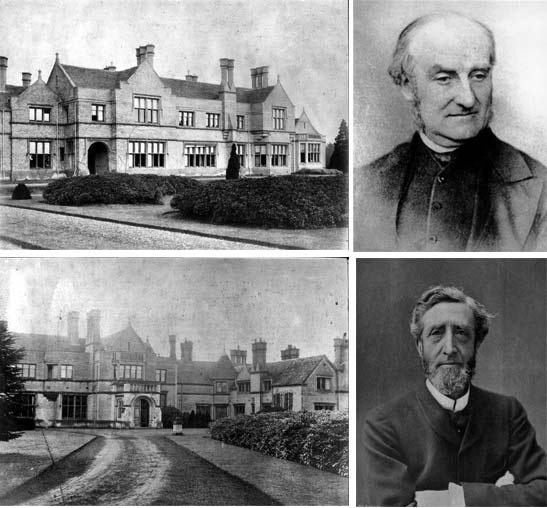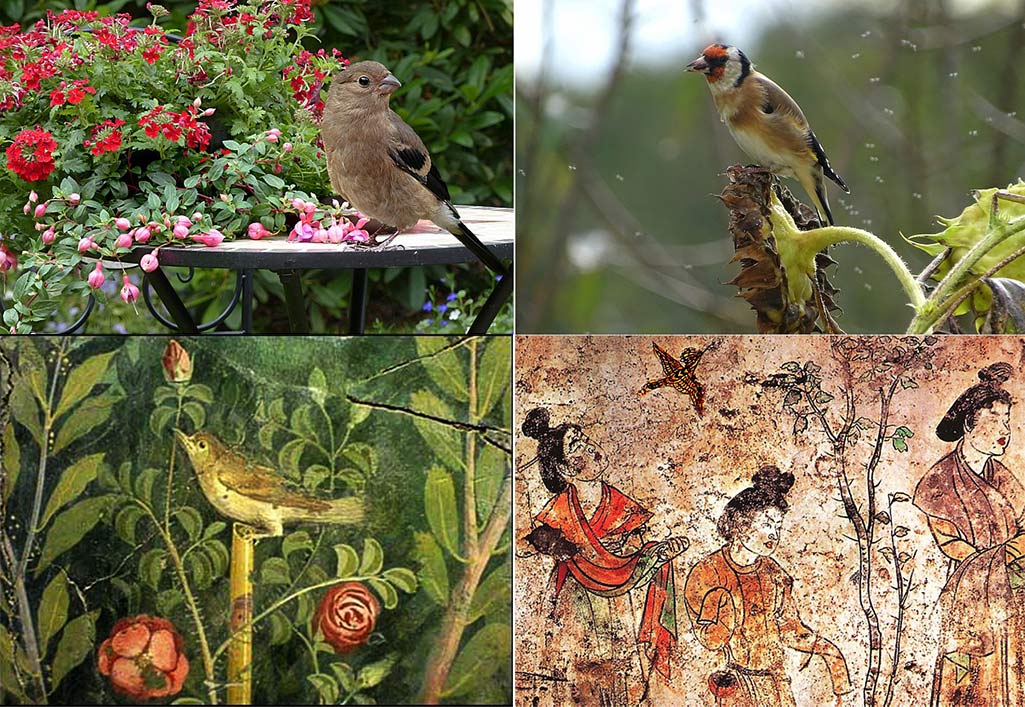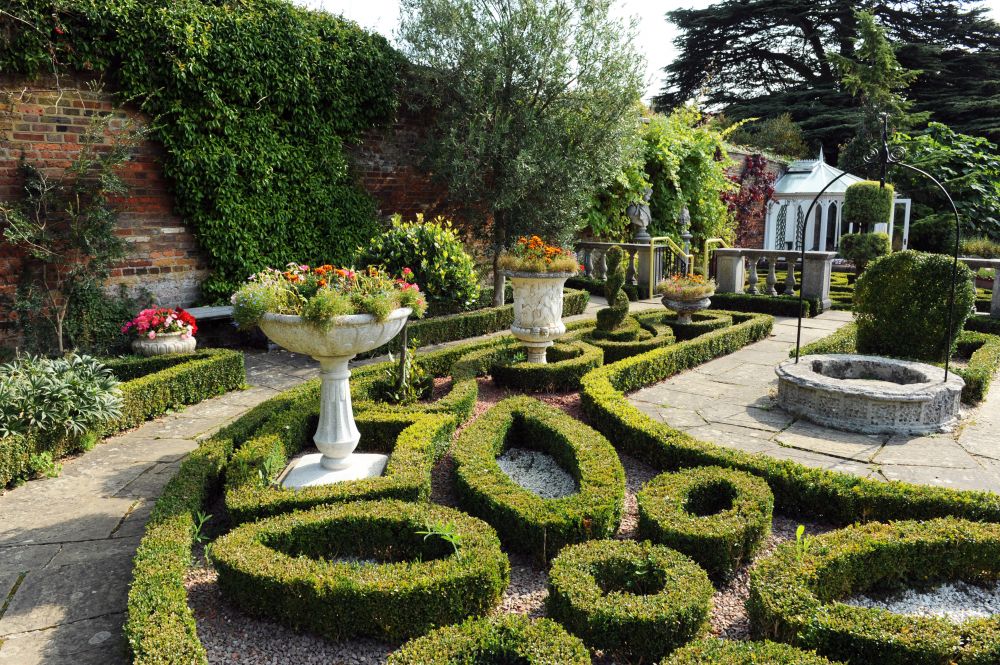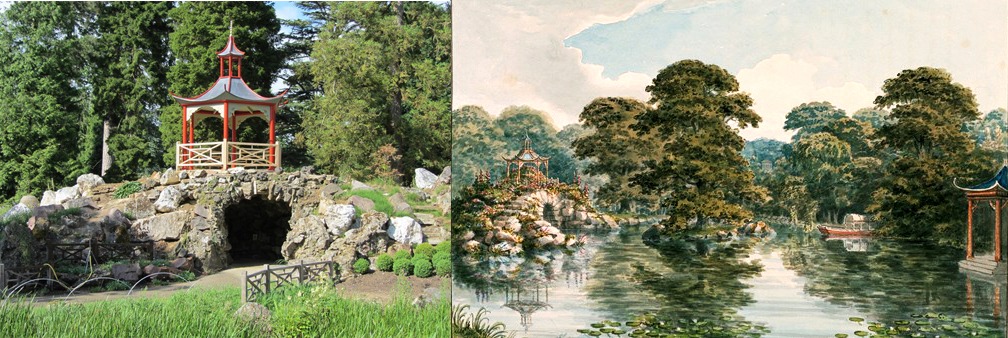Garden Finder entry for RSBP Lodge Garden
I don’t miss the Lodge Garden of the 1870s – because there is no reason to think its quality was exceptional. Nor do I miss the Lodge Garden of the 1930s, partly for the same reason and partly because the National Trust has made so many ‘improved Arts and Crafts’ gardens.

The RSBP Lodge bulding, near Sandy, was designed by Henry Clutton (above) for Arthur Wellesley Peel (below)
Photographers are able to find angles which make the Lodge Garden look National Trusty, which is the right thing to do near the house. But by taking a close look one can see that the RSBP has begun work on something more innovatory and more important. It is using its technical expertise to make a wildlife garden. There is every reason for the RSPB to know more about this and to do it an way that can be an inspiration to both amateur and professional gardeners. My suggestion is for the RSPB to make a garden that is beautiful, as well being habitat-rich. My video was taken in 2009 and I am sorry to criticise such a worthwhile effort. The Lodge Garden looks as though a group of conservation volunteers from a sixth-form college had been invited to have a bash at making a wildlife garden. There should now be a concentration on design quality.
London has 13.2% of the UK’s population and the area of private gardens in London 37,900 hectares. Gardens tend to be larger outside London so land devoted to gardens in the UK could be 300,000 ha. Comparing this with the area of the National Nature Reserves in the UK (94,400 hectares) it is obvious that the RSPB could do a lot for the UK’s bird population by creating a first class example of an Ornithological Garden for the Lodge. Birds were highly valued in ancient Chinese and Roman gardens.





